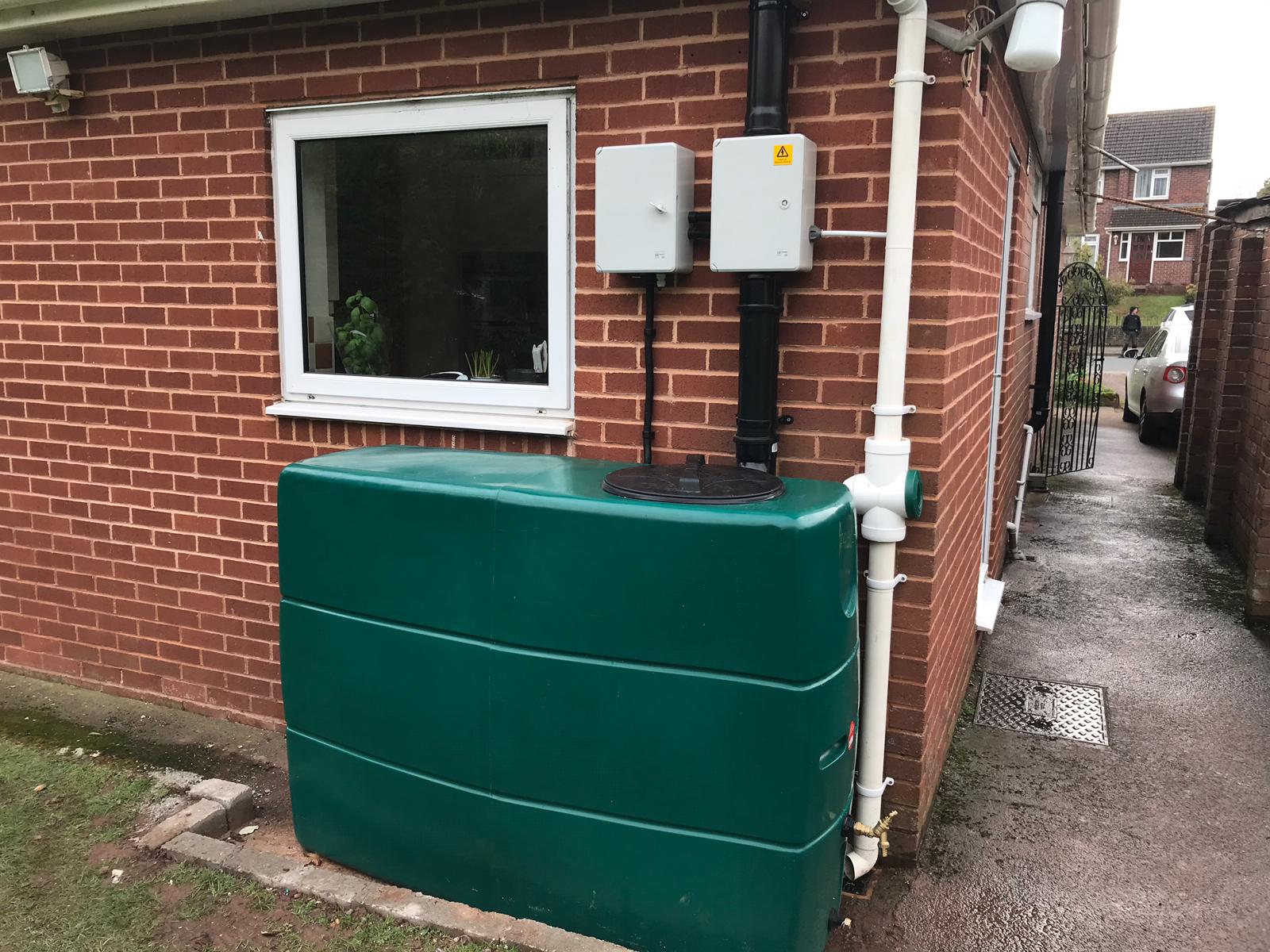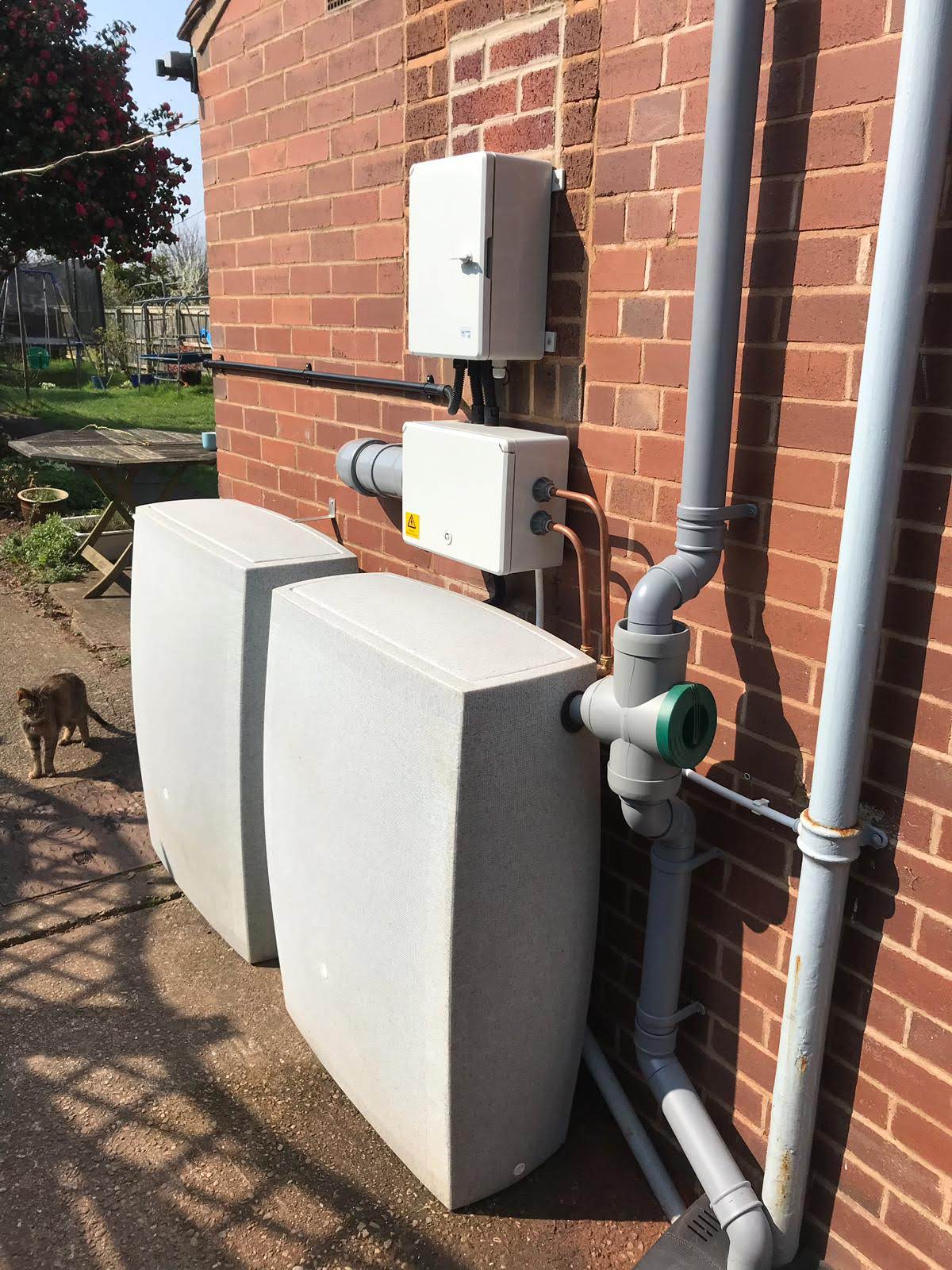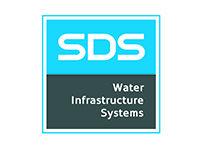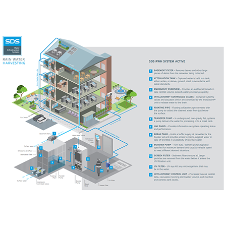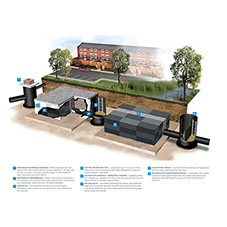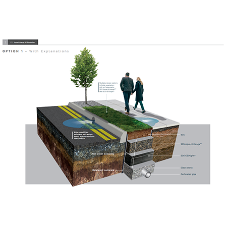SDS residential smart rainwater harvesting system tackles freshwater supply shortages
SDS SYSTEMS
SDS Intellistorm® Rainwater Management System and SDS SYMBiotIC™.
CLIENT
South West Water.
END CUSTOMER
Residential property holders located on the Isles of Scilly and in Exeter.
PROJECT
Pilot project to establish the capacity to reuse rainwater for non-potable purposes as a replacement for mains-supplied water.
PURPOSE
To reduce the consumption of mains-supplied, potable (drinking) water.
BRIEF TO SDS
To facilitate the supply of rainwater for purposes where mains-supplied water is not required and to reduce potable water consumption in periods of high demand.
TIMING
May 2019 to May 2020.
PROJECT BACKGROUND INFORMATION
The Isles of Scilly, situated 28 nautical miles south west of Land's End, Cornwall, comprise approximately 200 low-lying granite islands and rocks, with a population of roughly 2,200, the majority of whom live on the island of St Mary’s.
The islands are one of the most vulnerable areas of the Less Developed Area of the UK to the impacts of climate change, including to drought and water shortages. Due to their remote location, they have no connection to the UK mainland water supply systems.
Around 60% of water is sourced from groundwater and the rest from a desalination plant, which is both carbon-hungry and expensive to run with annual operating costs of circa £1 million.
The potable water supply must cope with large fluctuations in demand; during the Summer the population increases by up to four times and the islands are exposed to extreme water stress.
South West Water formally took on responsibility for the islands’ water and waste water services in April 2020.
PROJECT OBJECTIVES
To establish (i) the extent to which rainwater can replace potable/mains water, and (ii) the capability to coordinate the supplementary supply of mains water in order to avoid periods of peak demand.
PROJECT REQUIREMENTS
To measure the extent to which filtered rainwater can be used, in the first instance, for residential property toilet flushing.
SURFACE WATER SYSTEM REQUIREMENTS
To equip a number of domestic properties each with a rainwater storage tank and pipework with which to flush toilets, together with appropriate supply monitoring and measurement equipment.
SDS PRODUCT FEATURES
The pilot project comprises nine rainwater storage tanks, each with around 1,000 litres’ capacity, installed at properties both in St Mary’s and in Exeter, the latter’s location more readily accessible to wider stakeholder parties. The tanks are plumbed in to flush one toilet per property and equipped with mains water back-up in case the rainwater supply runs out.
SDS automated control technology restricts the timing of any required mains water top-up supplies to night-time, when demand is lowest. In addition, the inclusion of SDS Intellistorm® creates capacity in the tanks to provide dynamic surface water attenuation as a further benefit.
SDS SYMBiotIC™ enables the collection and reporting of operating data in order that the project can be accurately monitored and measured, facilitating decisions about the tanks’ longer-term contribution to addressing water scarcity on the islands.
RESULTS
The tanks supplied an average of 8,500 litres of rainwater per property in a year. Once optimised, the best performing system controlled the timing of at least 95% of the mains water back-ups.
90% of the water supplied to the toilets was either rainwater, representing 70% of the total, or mains water added during periods of low demand.
In total, the tanks attenuated 13m3 of rainwater per year, more than 16 times the volume of their full storage capacity.
ISSUES OVERCOME
Since rainwater reuse is the primary requirement, the dynamic release capability of the storage tanks is operated conservatively to ensure there is always as much rainwater as possible available for reuse.
As well as softening peaks in supply, a demand management approach to rainwater storage is also anticipated to help reduce leakage when water pressures are at their highest during night-time.
Organisation has been critical to meeting the deadlines for this project since access to the islands by scheduled ferry is available just 3 times each week in Summer and even less frequently at other times.
NEXT STEPS
Dr Neil Sewell, Director of New Technology Services, SDS: “Many small island communities face water shortages and so this pilot project points to a more sustainable way of managing water resources holistically. We have demonstrated that, with smart control added to rainwater harvesting tanks, we can help Water Companies to better manage shortages both in the short- and long-term.”
Following this pilot project SDS has been appointed to equip a number of business premises on the islands with rainwater harvesting systems, supported by a grant from the Council. Installation of these systems takes place in the second half of 2022.
Isles of Scilly Feasibility Study
| T | +44 (0)1934 751303 |
|---|---|
| F | +44 (0)1934 751304 |
| E | info@sdslimited.com |
| W | Visit SDS's website |
| Clearwater House, Castlemills Industrial Estate, Biddisham, Somerset, BS26 2RE |


